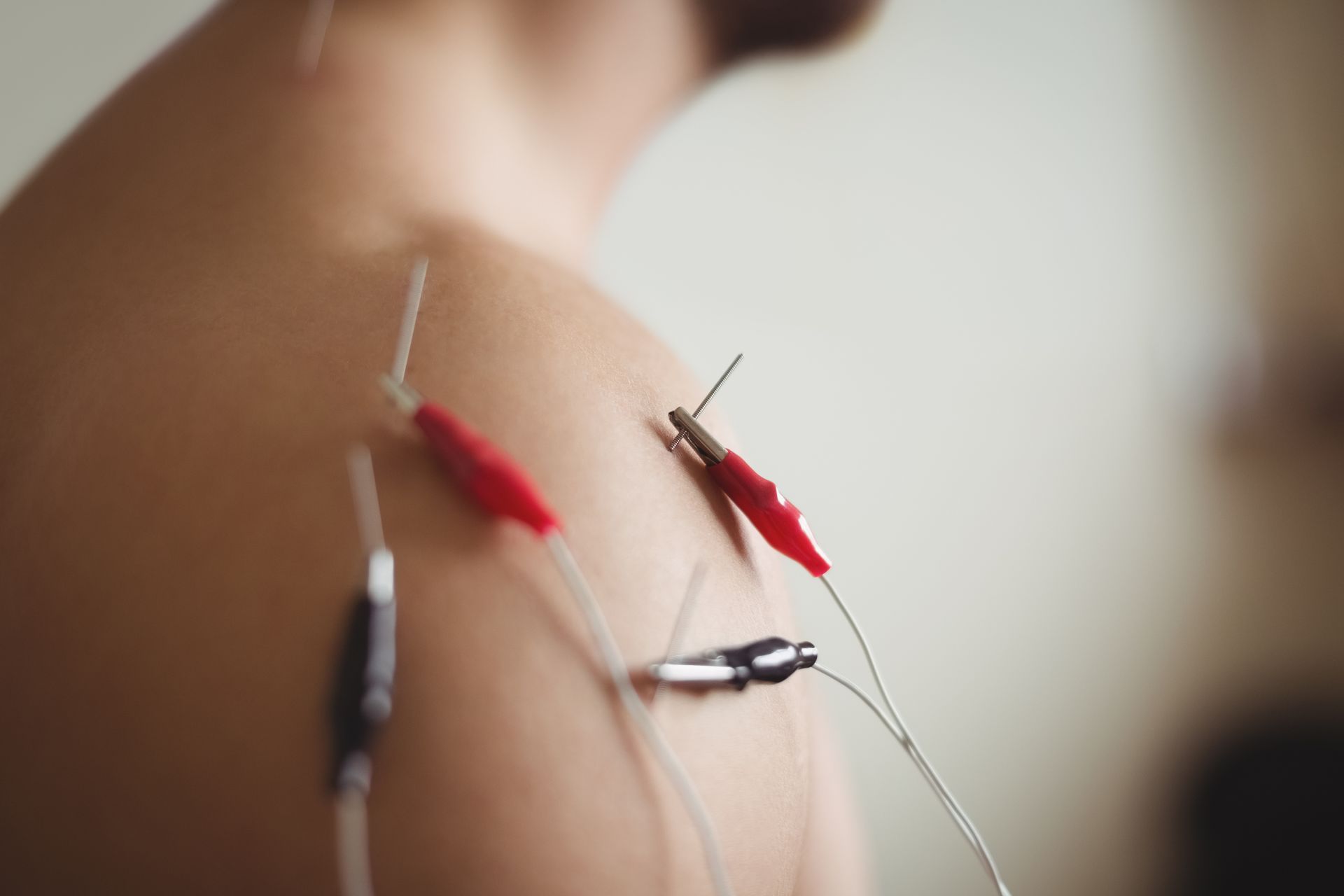Answering All Your Questions About TMJ
You’ve likely heard of it before, but what is TMJ exactly? TMJ stands for temporomandibular joint, the joint that connects your lower jawbone to the skull and allows for movement. TMJ disorders can arise from many causes and lead to chronic or sharp pain during activity. However, there are options for how to treat TMJ.
Symptoms of TMJ
TMJ disorders can present a wide range of different symptoms. In addition, they can vary in their exact nature and severity depending on the extent to which the muscles around the joint become inflamed.
You could experience chronic pain in or around the jaw due to this constant inflammation and soreness. The area can also be very tender, with noticeable pain if you press on the area around the jaw or the side of the head.
TMJ symptoms can also manifest as pain around the ear because the joints are very close to the ears. You might also notice strange clicking or popping noises if the joint has become misaligned.
Because the TMJ is vital in chewing, speaking, etc., that requires moving the jaw, you may experience sharp pain during these activities. You can even struggle to open or close your jaw if the disorder becomes severe enough.
Causes of TMJ
The TMJ serves as a hinge for opening and closing your mouth and also allows for sliding motion. The complexity of this movement means that many different factors can lead to TMJ disorders, so there are a variety of potential causes.
Some causes relate to your teeth. For example, if you have a serious misalignment or bad bite, how your mouth sits when closed can cause continuous strain on the joint. Likewise, frequent grinding or clenching can apply similar stress and lead to TMJ disorders.
Like any other joint, you can also develop arthritis in the TMJ. Arthritis can develop due to infections, injuries, or in older adults. However, in many cases, the direct cause of TMJ isn’t clear and can’t be accurately diagnosed.
You can also develop TMJ disorders from attempting to open your jaw too far or opening or closing it with too much force. Like other joints, the TMJ can become dislocated when the disk segment of the joint comes out of place.
Treatment Options for TMJ
The chronic pain that comes with TMJ disorders has many people looking for effective methods for how to treat TMJ. Different treatment options are available depending on your case’s severity, underlying cause, and individual needs.
Dental or orthodontic treatment may be necessary in cases where dental issues are a factor. Correcting alignment with braces or using nightguards to deal with grinding can provide relief.
Some cases may call for surgery. For example, surgery can sometimes correct the issue if the joint has become damaged. However, surgery is typically a last resort after other methods fail. Some less invasive options can include injectables like Botox to help inflamed muscles relax.
TMJ therapy provides a natural, non-invasive option for many patients. Through carefully planned exercises and specific therapeutic treatments, patients can reduce or alleviate the pain they deal with due to TMJ disorders.
Find Out if TMJ Therapy Is Right for You
As any injury or misalignment requires attention and correction, so do TMJ issues. If you are suffering from jaw pain, consider a comprehensive assessment from our registered physiotherapist at Healing Haven Physiotherapy in Edmonton. Our trained experts will evaluate your needs and develop an effective, safe treatment plan for your unique situation.










